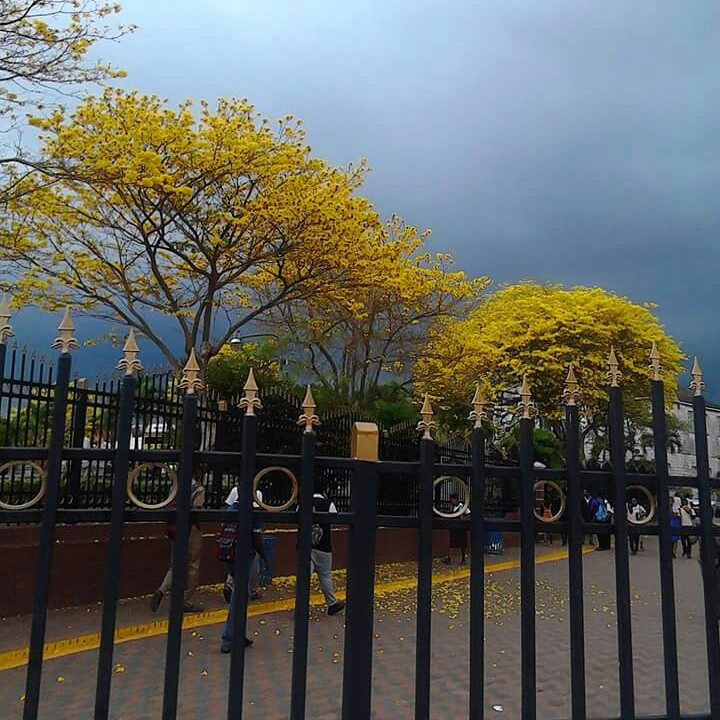
Tabebuia Serratifolia
Yellow Poui
Tabebuia serratifolia is a flowering tree which can reach 40m in height with a trunk diameter of over 2m. It is deciduous, losing its leaves in the dry season. The leaves are bright green, palmately compound and are composed of 3–5 leaflets, with the center leaflet being the largest at 6–10 inches in length. The smooth bark is greyish brown, and the characteristic yellow, trumpet-shaped flowers which appear in late winter/early spring, are arranged in clusters on exposed branches.
Contributed by @Jason
-
Full sun
-
Very little water
-
A little frost hardy: 32F (0°C)
-
Free draining
Common name
Yellow Poui
Latin name
Tabebuia Serratifolia
type
Tree
family
Bignoniaceae
ph
5.0 - 8.0 Acid - Neutral
Plant & bloom calendar
-
Best time to plant
full grown dimensions
 35.00 M
40.00 M
35.00 M
40.00 M
Tabebuia Serratifolia
Tabebuia serratifolia is a flowering tree which can reach 40m in height with a trunk diameter of over 2m. It is deciduous, losing its leaves in the dry season. The leaves are bright green, palmately compound and are composed of 3–5 leaflets, with the center leaflet being the largest at 6–10 inches in length. The smooth bark is greyish brown, and the characteristic yellow, trumpet-shaped flowers which appear in late winter/early spring, are arranged in clusters on exposed branches.
Planting
From Early Spring TO Early Spring
Plant this tree in a sunny, spacious location where it can develop its most impressive habit. Plant in spring or autumn in any type of soil as long as it drains well. Use it as a specimen tree in a park or spacious landscape. In warm, wet winter the leavesmay persist on the tree.








